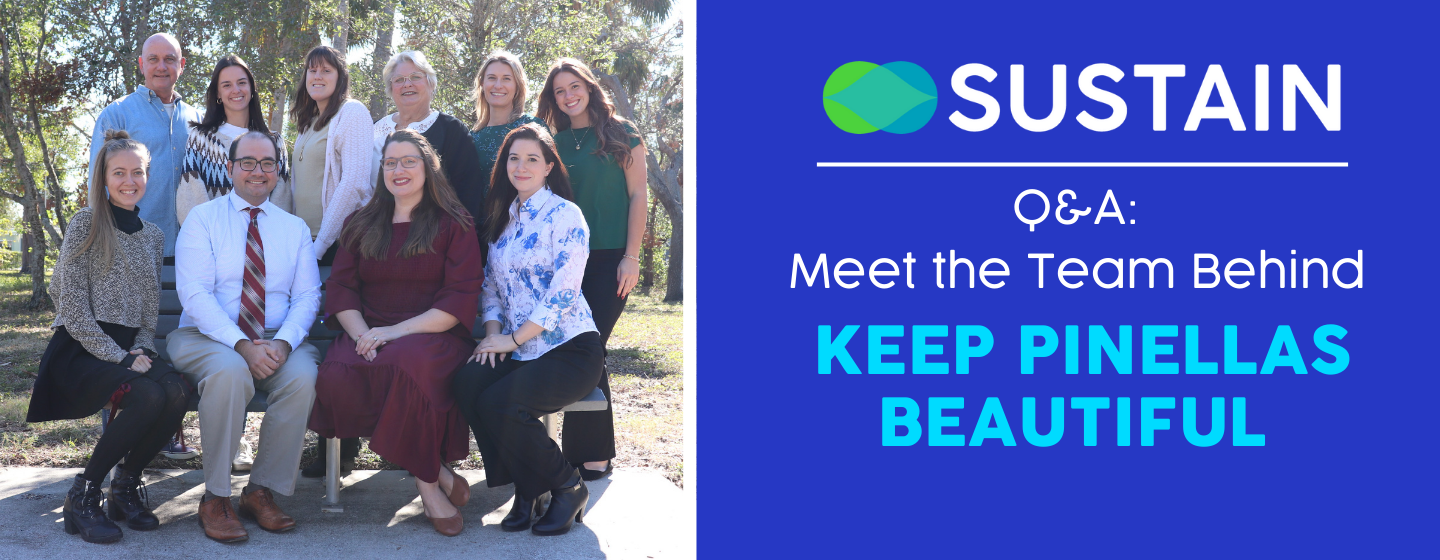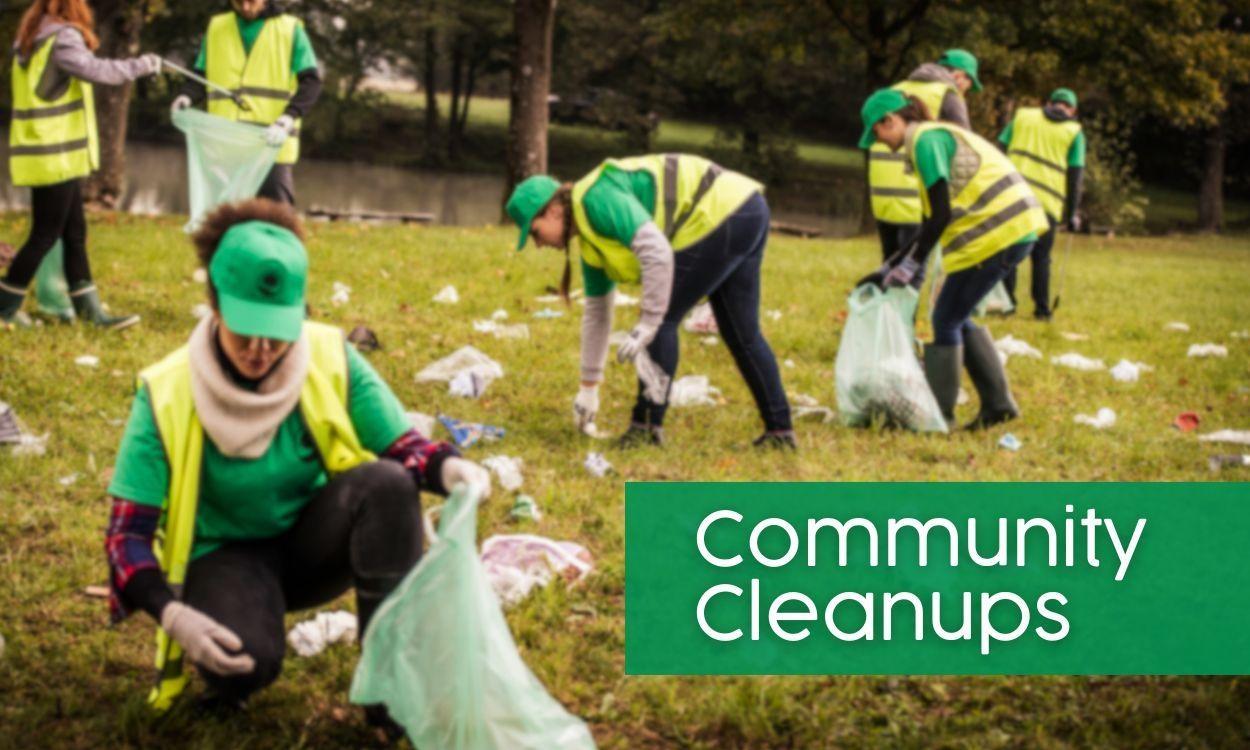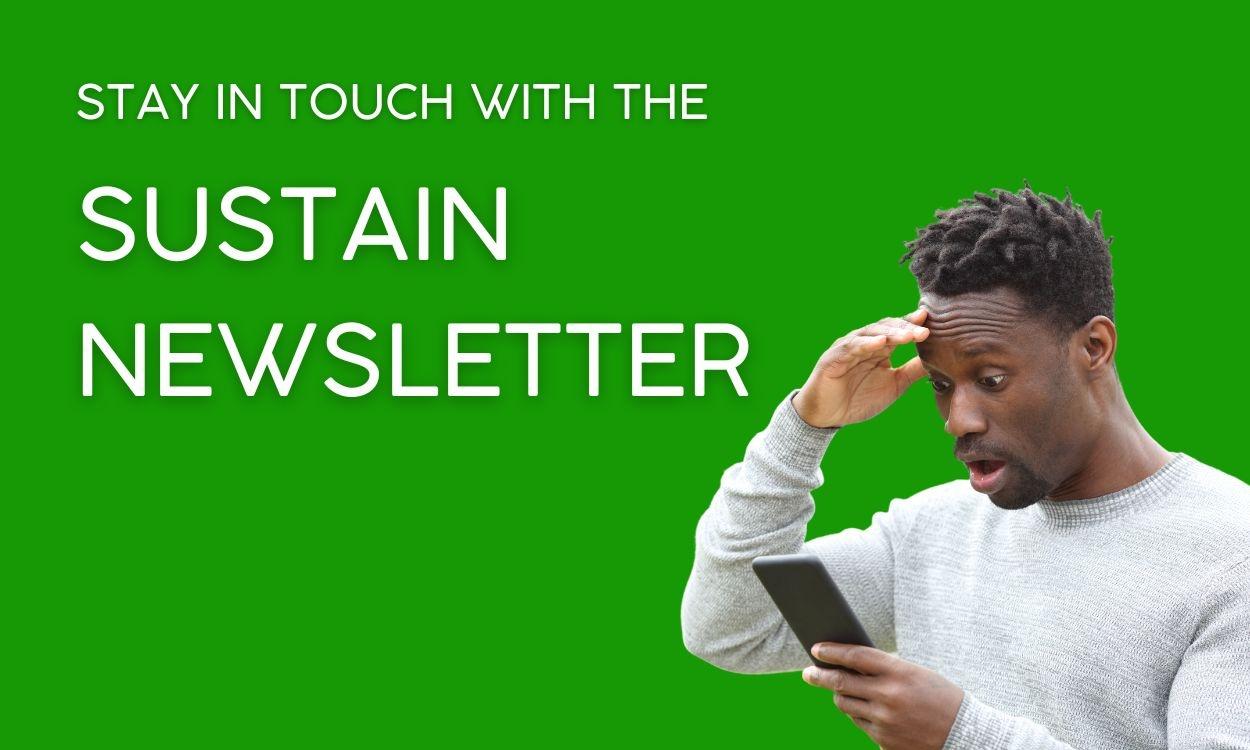Keep Pinellas Beautiful (KPB) is a nonprofit organization working to protect and improve the environment throughout Pinellas County, Florida. Since 1992, KPB has brought the community together through cleanups, educational programs, and conservation efforts. As part of the national Keep America Beautiful network, KPB empowers people of all ages to take action and help create a cleaner, greener, and more beautiful place to live. The team at KPB recently reflected with WEDU on their diverse roles, the programs they’re proud to lead, and the personal experiences that inspired them to be part of this mission-driven work. Here’s what they had to say:
Can you tell us about your role at Keep Pinellas Beautiful?
Pat DePlasco, Executive Director: I decided to ask our staff members for their responses to these questions, as I find that no one person at KPB works alone, and everyone’s input is equally important to the success of our mission! Staff roles are varied, but we all aim to Educate, Engage, and Empower our community in Pinellas County, Florida.
What programs or initiatives does Keep Pinellas Beautiful offer to encourage local businesses and residents to adopt more sustainable practices?
Jaya Brizendine, Education Program Coordinator:Our organization has the stance that we are conscious consumers, and we always suggest purchasing items that can be reused. At our events, we bring coolers instead of disposable water bottles, use buckets, use green poly bags (post-consumer recycled plastics and green polyethylene from sugarcane), and barley bags, as well as reusable gloves. We also give out sustainable items at events like reusable water bottles, reusable silverware sets, and recycled poop bags for dogs.
How do you personally encourage your friends and family to adopt eco-friendly habits and go green?
Kelly Clark, Adoption Coordinator: I encourage my family and others to not use disposable straws or other single-use plastics and let them know what is and is not recyclable.
Is there a particular environmental documentary or book that has deeply inspired you? What key takeaway did you gain from it?
Mary Grace Vigrass, Project Assistant:When I was studying in school, we were encouraged to read “A Sand County Almanac” written by Aldo Leopold which influenced how I view the connections between humans and the natural world. It just exemplified how connected we are to the land and that we must care for it to not just survive but thrive. It really is a timeless classic that all generations can enjoy and learn from.
What would you consider one of the most successful projects or achievements by Keep Pinellas Beautiful?
Jaya Brizendine:All of our cleanup events, especially those hosted through the Great American Cleanup and International Coastal Cleanup. The act of people picking up litter helps to raise awareness because they see the types of materials ending up in our natural areas, which leads to a behavior change in that they think twice about product usage and are less likely to litter.
What motivated you to join Keep Pinellas Beautiful, and why do you believe it’s important to practice sustainability on a personal level?
Megan Jackson, Program Coordinator: I volunteered with a local Keep America Beautiful affiliate in high school and saw the direct impact we as individuals can have in our own communities. Florida’s natural spaces have a special place in my heart, and I want to do what I can to protect them for future generations.
What is one green change you’d love to see in your community in the near future?
Devon Francke, Education Program Coordinator: I would love to see more environmental education in our schools! It’s the first step to change: we cannot know how to change the problems facing our environment if our community doesn’t know what they are.
If you had to pick an animal as the mascot for Keep Pinellas Beautiful’s sustainability efforts, which animal would you choose and why?
Anastasia Egelie, Engagement Coordinator: If I were to pick a NEW mascot (though I love our mascot Rosie the Roseate Spoonbill, who exemplifies the beauty and uniqueness of our county), I would pick a Gopher Tortoise. It is a vulnerable species but also a keystone species for hundreds of others in Florida, making it critical to a healthy ecosystem and symbolizing the collaboration for positive change and sustainability efforts that KPB is dedicated to.
In one word, how would you describe your vision for a greener, more sustainable world?
Stephanie Lawler-Ellington, Deputy Director: Connected.
How can people get involved with Keep Pinellas Beautiful?
Mya Cocchiola, Communications Coordinator: We host thousands of community events every year, public presentations, and have an Ambassador and Internship program.Anyone can join our efforts anytime throughout the year, we have programs available for all ages and levels! Visit www.kpbcares.org/upcoming-events, join our newsletter, or check out our social media pages to find a project near you!
Do you have any final thoughts or insights about your work with Keep Pinellas Beautiful that you’d like to share?
Pat DePlasco: Through our education, engagement and empowerment efforts, our vision is to create a culture of environmentally responsible citizens within our communities through Pinellas County. Our hope is to, one day, not need to have litter cleanups because we’ve reached that level of cultural expectation.
To learn more about Keep Pinellas Beautiful, visit their website at kpbcares.org, or connect with them on Facebook and Instagram (@keeppinellasbeautiful).






